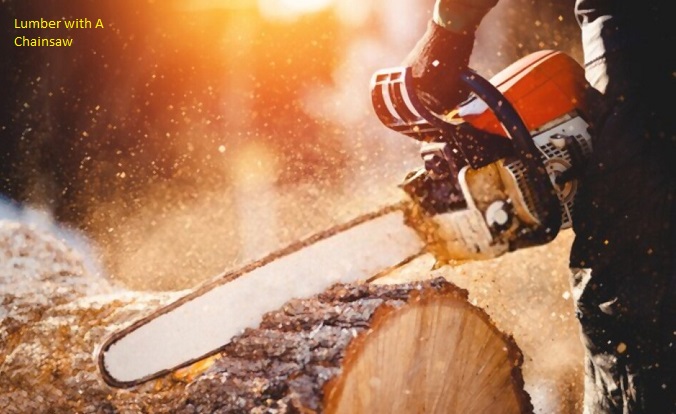Woodworking enthusiasts often seek versatility in their tools, especially when working on various projects. The question of whether a wet saw can be used as a table saw arises due to the desire to make the most of available tools. In this article, we will explore the possibilities, advantages, limitations, and safety considerations related to using a wet saw as a table saw.
Understanding Wet Saws
A wet saw is a powerful cutting tool designed to handle various materials, including stone, tile, and other masonry materials. It operates by spraying a stream of water onto the cutting surface, reducing friction and heat while providing clean and precise cuts. Wet saws are commonly used in construction, remodeling, and artisanal projects due to their ability to cut through hard materials smoothly.
Understanding Table Saws
On the other hand, a table saw is a staple tool in woodworking shops. It consists of a circular saw blade protruding from the surface of a table, offering stability and support for cutting wood pieces. Table saws are known for their accuracy, making them essential for creating straight cuts and precise angles in various woodworking projects.
Comparison Between Wet Saws and Table Saws
While both wet saws and table saws are power tools used for cutting, they have distinct features that set them apart. Wet saws excel in cutting hard materials like stone and tile with minimal chipping, thanks to the water cooling mechanism. Table saws, on the other hand, are primarily used for woodworking projects and can handle a wide range of wood types and thicknesses.
In terms of precision and accuracy, table saws have an edge due to their stable base and adjustable fences. Wet saws are designed for specific purposes and may not offer the same level of accuracy as table saws for woodworking tasks.
Safety Considerations
Safety should always be a top priority when using power tools. Wet saws require proper handling to prevent accidents and injuries. Protective gear, such as safety goggles and gloves, should be worn when operating a wet saw. Additionally, the water used in the cutting process can create slippery surfaces, so caution must be taken to avoid slips and falls.
Similarly, table saws demand careful operation. Woodworkers must use a push stick or push block to keep their hands away from the blade during cuts. Furthermore, the blade guard should always be in place to reduce the risk of accidents.
Can a Wet Saw Be Used as a Table Saw?
The possibility of using a wet saw as a table saw has been explored by some woodworking enthusiasts. While both tools share similarities in terms of cutting mechanisms, attempting to use a wet saw as a table saw requires modifications to ensure safety and effectiveness.
One of the significant challenges is the difference in materials each tool can handle. Wet saws are designed for cutting hard materials, and using them for woodworking tasks might lead to subpar results or even damage the wet saw itself.
Moreover, the structure and design of wet saws might not provide the same level of stability and precision that a table saw offers, potentially compromising the quality of cuts and the safety of the operator.
Legal and Manufacturer Considerations
Before attempting to use a wet saw as a table saw, it is crucial to consider warranty and liability implications. Many manufacturers strictly advise against using their products for purposes other than their intended use. Such unauthorized modifications could void the warranty and may result in potential legal issues.
Manufacturers provide guidelines and recommendations for the safe and efficient operation of their tools, and it is essential to adhere to these guidelines to maintain a safe working environment.
DIY Projects and Guides
For those determined to convert a wet saw into a table saw, certain DIY projects and guides are available. However, it is essential to proceed with caution and follow the instructions precisely to ensure the modification is done safely.
Steps to convert a wet saw into a table saw:
- Research and understand the modifications required.
- Gather all necessary tools and materials.
- Disassemble the wet saw carefully.
- Create a stable and level table base.
- Mount the wet saw onto the table securely.
- Adjust and align the cutting surface to ensure accuracy.
- Test the modified table saw under safe conditions.
User Experiences and Opinions
User experiences vary when attempting to use a wet saw as a table saw. Some have reported moderate success, especially for specific woodworking tasks. However, the consensus is that wet saws are not ideal substitutes for table saws due to their design limitations and material restrictions.
Users have noted that the conversion may compromise the safety features present in the original wet saw, raising concerns about potential hazards during use.
Expert Opinions
Woodworking experts generally discourage using a wet saw as a table saw. They emphasize the importance of using tools for their intended purposes to ensure optimal safety and results. While the idea of combining tools for increased versatility is tempting, the risks outweigh the potential benefits.
Experts suggest investing in a high-quality table saw for woodworking needs and keeping the wet saw for its intended use.
Alternative Tools for Table Saw Functions
Rather than attempting to convert a wet saw, woodworkers can explore alternative tools that can serve as substitutes for certain table saw functions.
Some options include:
- Circular saw with a guide rail system for straight cuts.
- Miter saw for making crosscuts and angled cuts.
- Band saw for cutting curves and irregular shapes.
Each alternative tool has its strengths and weaknesses, and woodworkers should choose based on their specific project requirements.
FAQs
Is it safe to use a wet saw as a table saw?
Using a wet saw as a table saw can be unsafe due to design differences, material restrictions, and compromised safety features. It is best to use each tool for its intended purpose to ensure safety.
Can I convert my wet saw into a table saw myself?
Yes, it is possible to convert a wet saw into a table saw through DIY projects. However, this process requires precision and caution, and it may void the warranty and compromise safety.
Will using a wet saw as a table saw affect the quality of cuts?
Yes, using a wet saw as a table saw may affect the quality of cuts, as wet saws are designed for cutting hard materials and may not provide the same level of accuracy and stability as table saws.
Are there any legal issues in converting a wet saw?
Converting a wet saw into a table saw may void the manufacturer’s warranty and lead to potential legal issues, as it involves unauthorized modifications to the tool.
What are the best practices for using a wet saw as a table saw?
Using a wet saw as a table saw is not recommended. However, if you choose to proceed with the conversion, follow DIY project guides carefully, wear appropriate safety gear, and conduct tests under safe conditions. Always prioritize safety and precision when modifying tools.
Conclusion
While the idea of using a wet saw as a table saw might seem appealing to some, the risks and limitations involved make it an unwise decision. Wet saws and table saws are designed for different purposes and materials, and attempting to use one as the other may compromise safety, efficiency, and the quality of the end product.
For optimal results and safety, it is best to use each tool for its intended purpose. When woodworking, invest in a quality table saw and explore alternative tools that can complement your projects effectively.


